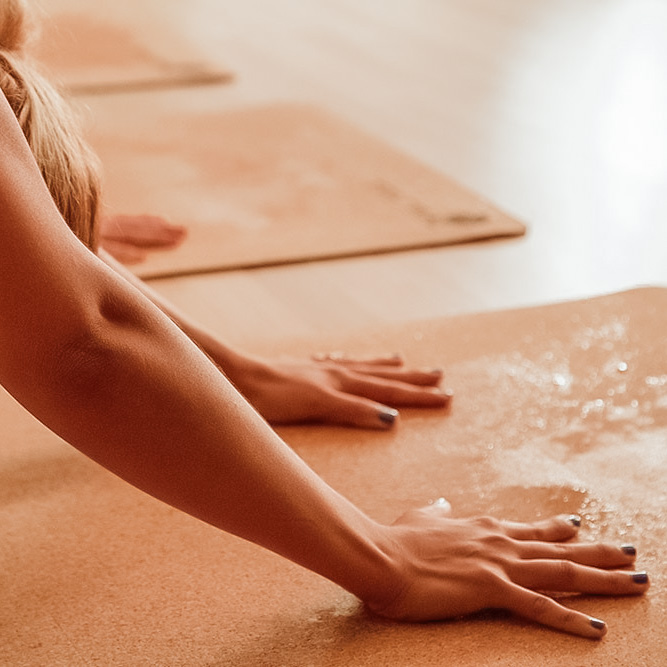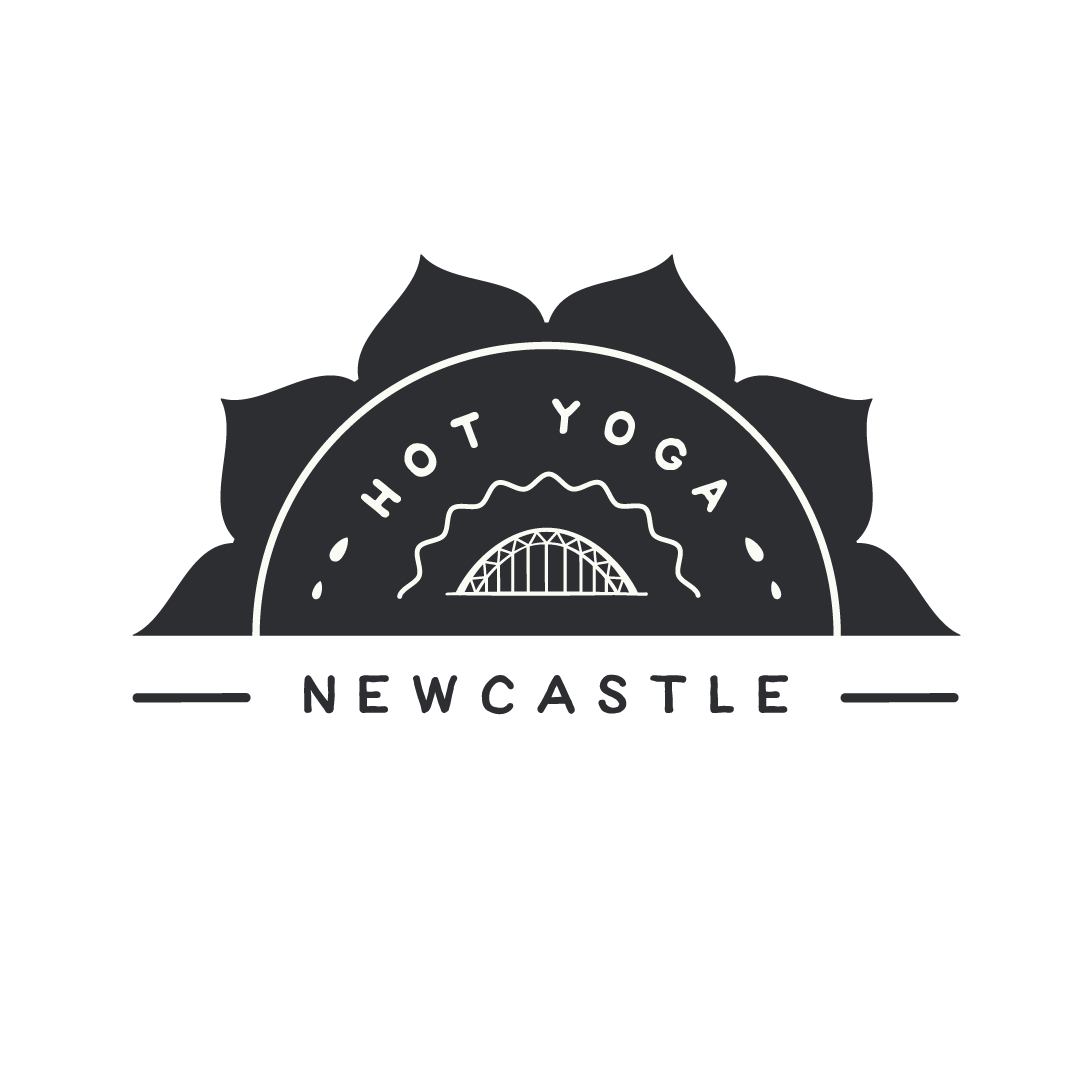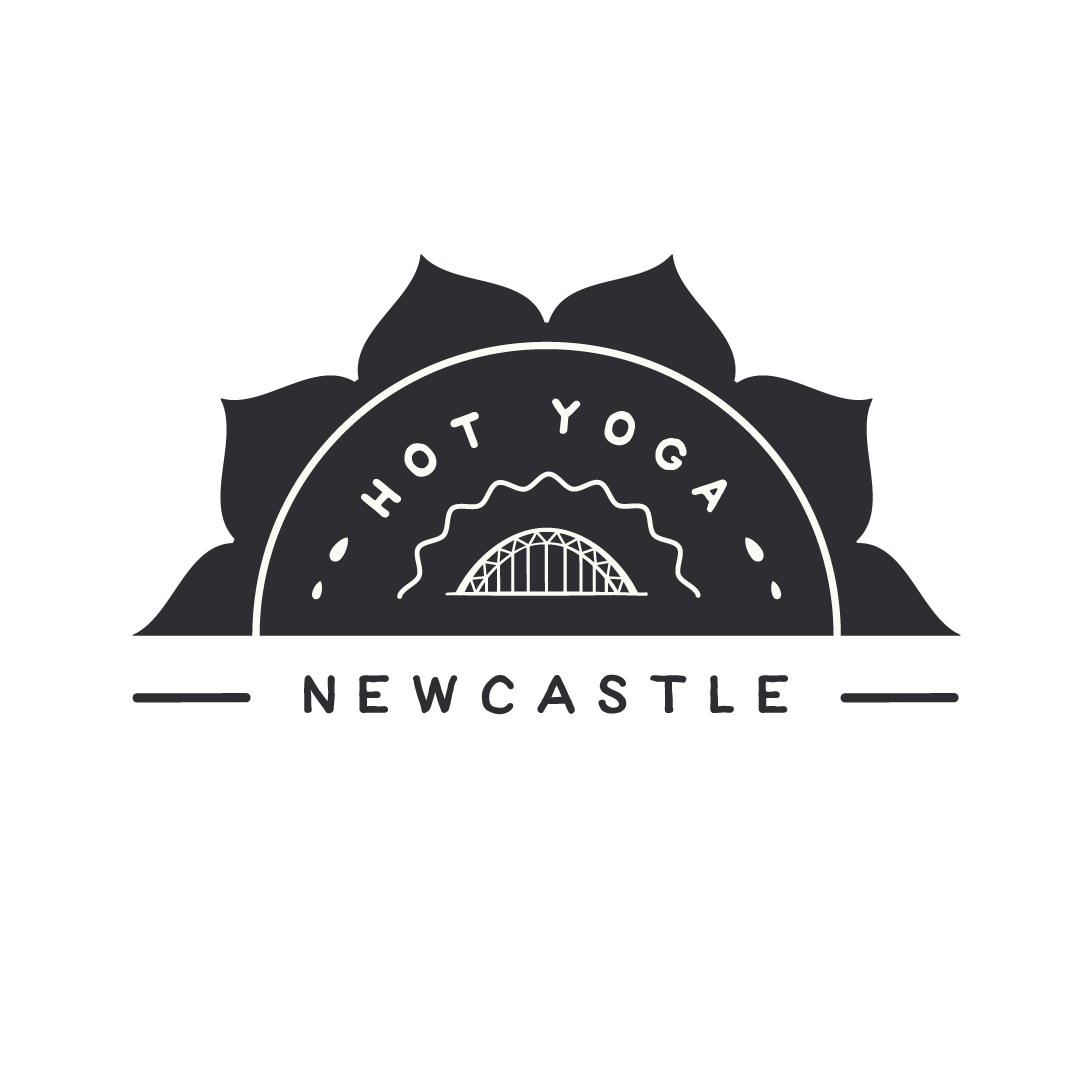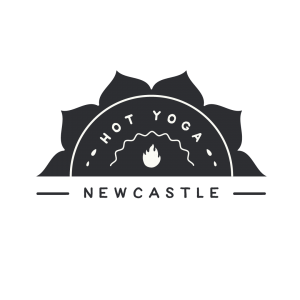13 Feb Bikram Yoga & Controlling Hypertension
Originally appeared in The Nest. By Dan Howard
Most people will see measurable improvement in their blood pressure after 11 weeks of adherence to a daily one-hour Bikram program.
– Mayo Clinic

Scientific research suggests that the exercise and mental benefits of regularly performing high-heat Bikram yoga may help control and even lower blood pressure.
If you’re among the one in three adults in the United States who suffers from hypertension, then Bikram yoga might be helpful for controlling or even improving your condition. High blood pressure is a common condition in which the long-term force of the blood against your artery walls is high enough that it may eventually cause health problems, such as heart disease.
High blood pressure generally develops over many years, and it affects nearly everyone eventually. Fortunately, high blood pressure can be easily detected. And once you know you have high blood pressure, you can work with your doctor to control it, and Bikram Yoga is proving to do just that. However, people who suffer from hypertension need to take some extra precautions when practicing Bikram due to the strenuous nature of the program. Always consult your doctor before starting a Bikram program or any other new exercise.
Hypertension Improvement
According to the Mayo Clinic, any exercise that increases your heart rate can help you lower your systolic blood pressure and control hypertension. Bikram yoga is one such aerobic exercise that helps strengthen your heart and cardiovascular system. According to scientific research published in the “European Journal of Cardiovascular Prevention and Rehabilitation,” most people will see measurable improvement in their blood pressure after 11 weeks of adherence to a daily one-hour Bikram program.
Hypertension and Stress
Medical research indicates a strong relationship between mental stress levels and several measures of health, including blood pressure. Bikram classes emphasize diminishment of stress through meditation while you perform the program’s rotation of 26 trademarked poses. An emerging body of research indicates that reducing stress through meditation can help reduce blood pressure in the short term, and that continued meditative practice may have beneficial effects for hypertension in the long run.
Hypertension Risks and Bikram
Bikram yoga promotes fitness by training the body and mind in a difficult, hot environment. If you suffer from hypertension then you must be particularly mindful of your body state when exercising in such a stressful environment. Maintaining normal breathing patterns during exercise is critical for keeping your blood pressure at an acceptable level during class. You should stop training and leave the hot room immediately if you experience dizziness, shortness of breath, chest pain or chest pressure. Since Bikram’s rules discourage leaving the room during class, you should inform your teacher of your health status, so they are aware of your condition and the possibility that you may need to take extra breaks for health reasons.
Program Modification
Some of the 26 poses used in Bikram yoga place greater stress on the heart than others and should be performed carefully by people with hypertension. In particular, you should perform any pose that requires backward bending to only a five count rather than a 10 count. The Half Moon, Balancing Stick, Full Locust, Locust, Camel and Cobra poses all include these backward bending components. The Bow Pose is the only pose that people with hypertension should eliminate completely due to the particularly high physical stress it places on the heart.
References
Exercise: A drug-free approach to lowering high blood pressure






Sorry, the comment form is closed at this time.